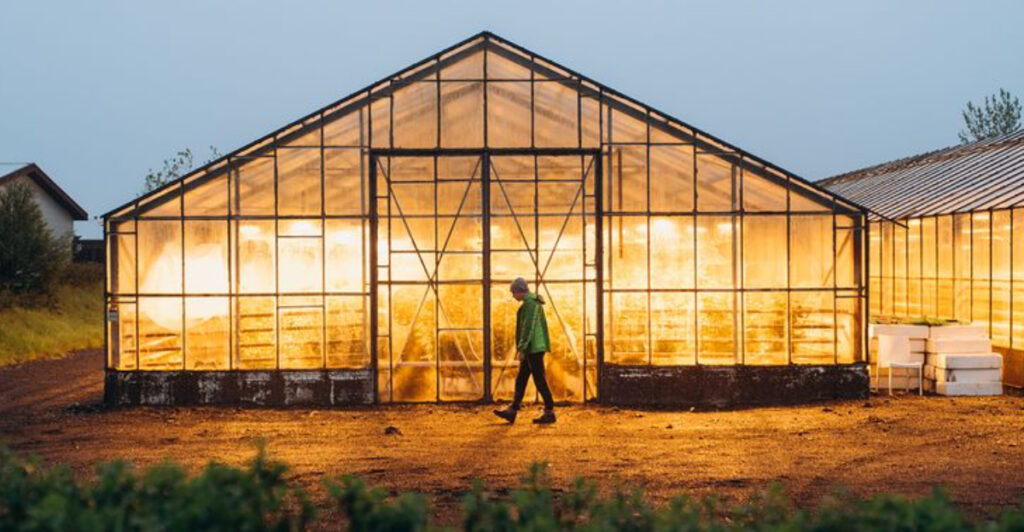Nestled in the remote Alaskan town of Tok sits an extraordinary innovation in sustainable living. The Gateway Greenhouse, built alongside the local school’s sports facilities, has transformed how this small community accesses fresh food year-round. By cleverly repurposing heat from the school’s biomass system, this modest structure produces abundant vegetables even during the harshest Alaskan winters when temperatures plummet below -30°F.
Sports Fields to Salad Bowls: The Unlikely Location
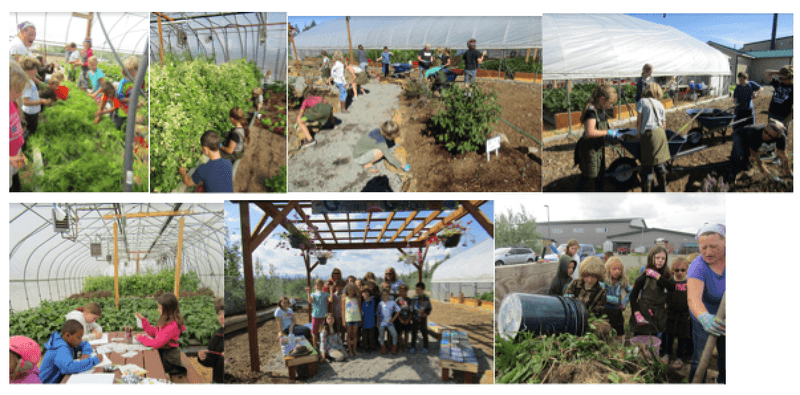
Sandwiched between a football field and hockey rink at Tok School, the Gateway Greenhouse defies conventional agricultural wisdom. This ingenious facility doesn’t compete with sports for space—it complements them perfectly.
Students transition seamlessly from physical education to hands-on agricultural learning in minutes. The greenhouse’s strategic placement allows it to tap into existing infrastructure while creating an educational hub that serves multiple purposes.
What began as a small experiment has blossomed into a community centerpiece, proving that in Alaska’s challenging environment, innovation often happens at unexpected intersections. The contrast between winter sports and growing tomatoes creates a uniquely Alaskan juxtaposition.
Warming Winter Harvests: The Biomass Heating System
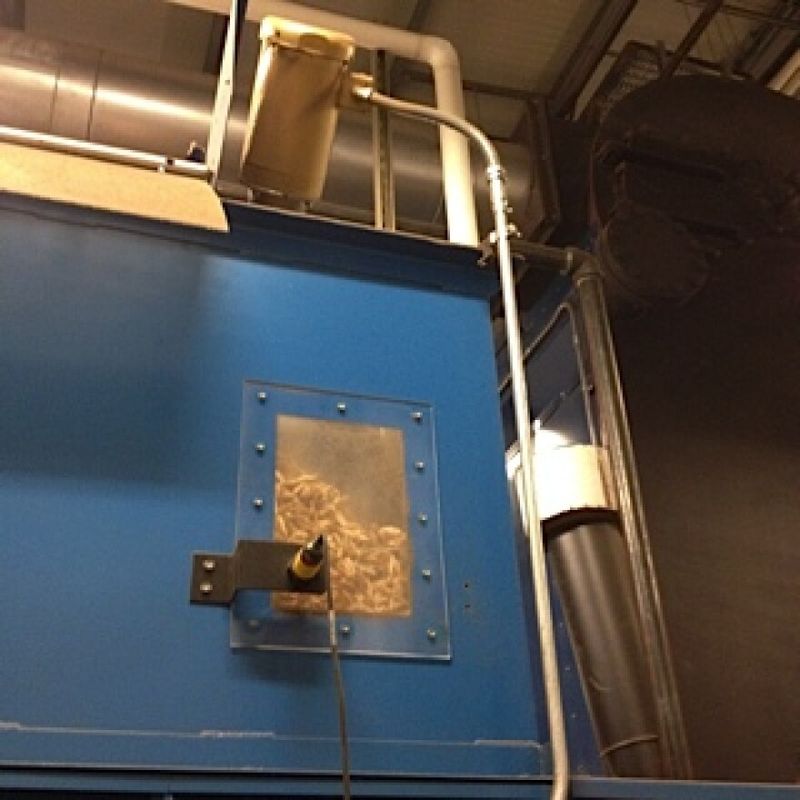
Brilliance often emerges from necessity. The greenhouse harnesses excess heat from the school’s wood-chip biomass boiler—originally installed in 2010 to reduce heating costs for the main building.
This clean-burning system now serves double duty. Warmth flows through pipes into the greenhouse, maintaining ideal growing temperatures even when outdoor thermometers read negative digits. The system provides 75% of the school’s energy needs with leftover capacity directed to food production.
Local timber becomes both heat source and growth catalyst in this closed-loop system. By repurposing what would otherwise be wasted energy, Tok has created a model of efficiency that extends growing seasons by months.
Cucumbers in the Cold: Year-Round Production
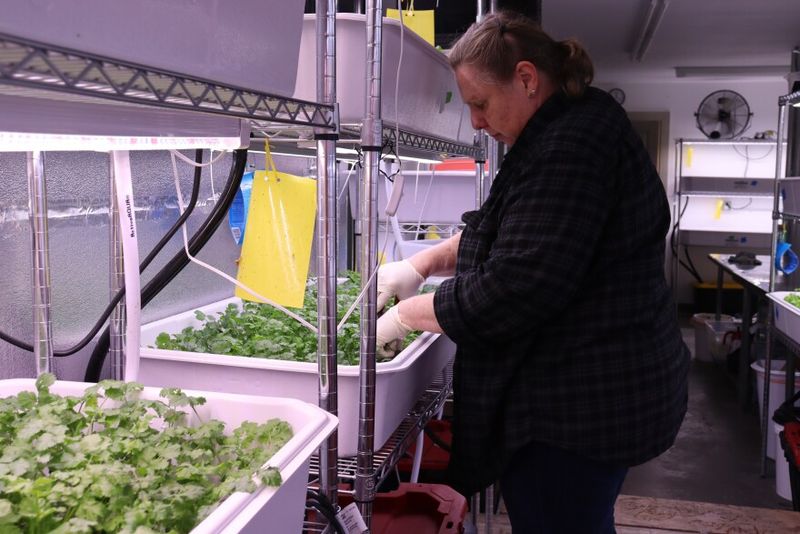
Imagine harvesting 75 pounds of cucumbers in a single week—while Arctic winds howl outside. This isn’t fantasy but regular reality at the Gateway Greenhouse, where lettuce, tomatoes, and zucchini thrive despite sub-zero temperatures.
The facility employs hydroponic systems that maximize production in limited space. Water circulates through growing mediums, delivering nutrients directly to plant roots without soil. LED lighting supplements the scarce winter sunlight, ensuring photosynthesis continues through the darkest months.
For a community located hundreds of miles from major grocery stores, this consistent harvest represents more than convenience—it’s food security. Fresh vegetables once considered seasonal luxuries now appear on plates year-round.
From Greenhouse to Lunchroom: Educational Nourishment
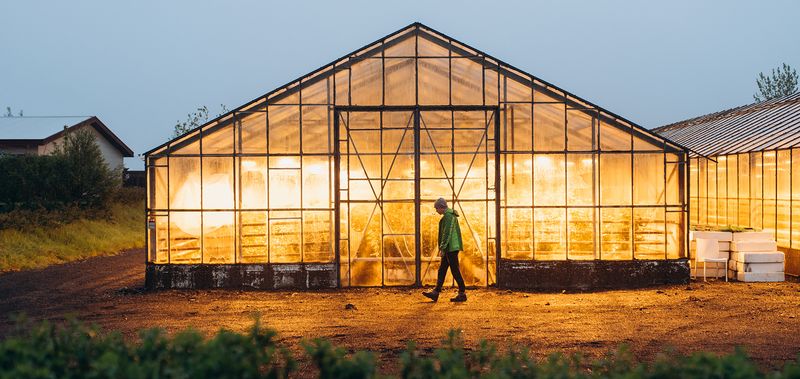
Food travels mere feet from garden to plate at Tok School. The greenhouse supplies fresh produce to all seven schools in the Alaska Gateway School District, transforming cafeteria offerings from processed imports to vibrant, nutrient-rich meals.
Students participate in every step of the food journey. They plant seeds, monitor growth, harvest crops, and help prepare meals alongside staff. This hands-on involvement creates powerful connections between agriculture, nutrition, and environmental science.
The program earned USDA’s prestigious “One in a Melon” Farm to School Award in 2016. Beyond academic benefits, students develop practical skills while gaining appreciation for sustainable food systems—knowledge particularly valuable in remote Alaska where grocery stores are scarce.
Spreading Seeds: Inspiring Alaska’s Food Future
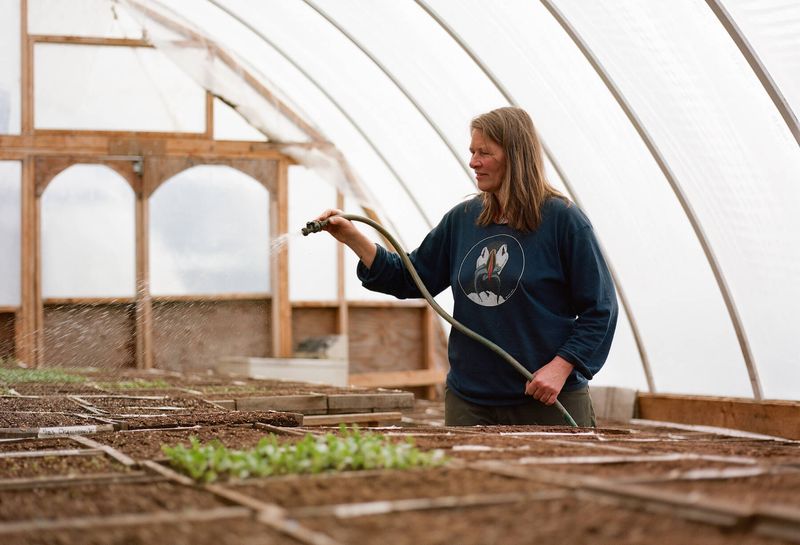
The Gateway Greenhouse has sparked a quiet revolution across rural Alaska. Indigenous communities in nearby Nenana and beyond have launched similar projects, adapting Tok’s blueprint to address chronic food insecurity issues.
These initiatives represent more than convenient access to vegetables—they embody food sovereignty. For Native communities historically forced into dependence on expensive shipped goods, growing local food reconnects cultural practices with modern sustainability.
University of Alaska Fairbanks now offers support programs specifically for rural greenhouse development. The humble facility in Tok demonstrates that with creative infrastructure reuse and renewable energy, even communities in Earth’s harshest environments can develop resilient, self-sufficient food systems—a lesson increasingly relevant in our changing climate.

